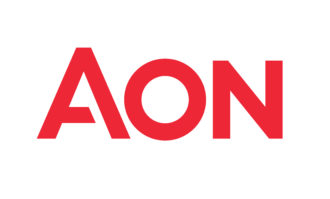Stranded assets are those which are worthless than expected – and less than the required level of return – as a result of the transition to a low carbon economy.
- Asset stranding can encompass:
- Economic stranding – due to a change in relative costs of production or the price achievable for sale
- Physical stranding – due to inaccessibility or physical risks, such as flooding or storms, damaging infrastructure, or
- Regulatory stranding – due to a change in policy or legislation, for example, carbon taxation.
Transparent and responsible approaches to winding down stranded assets are viewed as an important part of the transition to low carbon economies. As a result, understanding the associated risks is gaining importance for investors as they develop their climate risk and investment strategies.
Mark Carney, in his former role as Chair of the Financial Stability Board, stated that action that is consistent to meet the Paris Agreement threshold of limiting global temperature increases to 2°C above pre-industrial levels, “would render the vast majority of reserves ‘stranded’ – oil, gas and coal that will be literally un-burnable without expensive carbon capture technology, which itself alters fossil fuel economics”. More recently, he suggested that stranded assets “could reach fourfifths of coal reserves and up to half of proven oil and gas reserves”.
This wide-ranging issue includes raw resources, such as unextracted oil and gas reserves, along with exploration and production assets, such as drilling rigs and vessels, or processing facilities, and distribution infrastructure – for example pipelines and tankers. And, while discussion often focuses on fossil fuels, it is important to recognise that the transition to a low-carbon economy will not affect just companies extracting and producing oil, gas, and coal. Other companies throughout the value chain could be affected, notably those for whom fossil fuels are critical inputs for production. Examples of these would include transport logistics, aviation, and manufacturing, or those which are otherwise operationally energy- or carbonintensive. The Bank of England and the French Central Bank have stated that the impact from the transition on the financial system through stranded assets could be between $1tn-$4tn when considering fossil fuels alone, or up to $20tn when looking at a broader range of sectors. Understanding the degree to which existing assets may be impaired due to the realisation of stranded asset risks, will become increasingly important in informing decisions to retain or to divest from such companies. Close to $900 billion – more than one-third of the current value of global oil and gas majors – would evaporate if policy action to align to the Paris Agreement target was implemented by governments.
Legal obligations will also require investors to consider, and demonstrate how they are taking account of, stranded asset risk. ClientEarth, a prominent legal group, have stated that “Private sector institutions have legal obligations to consider material risk – which would include stranded assets. If fiduciaries fail to inform themselves of these risks, it’s inevitable that litigation will follow.” Investors will need to think carefully about this issue as part of their climate risk strategy and develop a robust policy and approach to document it.
A useful starting point would be to assess, and then build, a climate risk strategy using the recommendations of the Taskforce for Climate Financial Disclosure (TCFD). We are working with investors, and particularly pension schemes, with multi-faceted and detailed assessments of their climate and stranded asset risks. Understanding the purpose of a comprehensive climate risk strategy – one which takes account of stranded asset risk – and how this connects to better oversight, and understanding of portfolio-level implementation, is an important first step.





